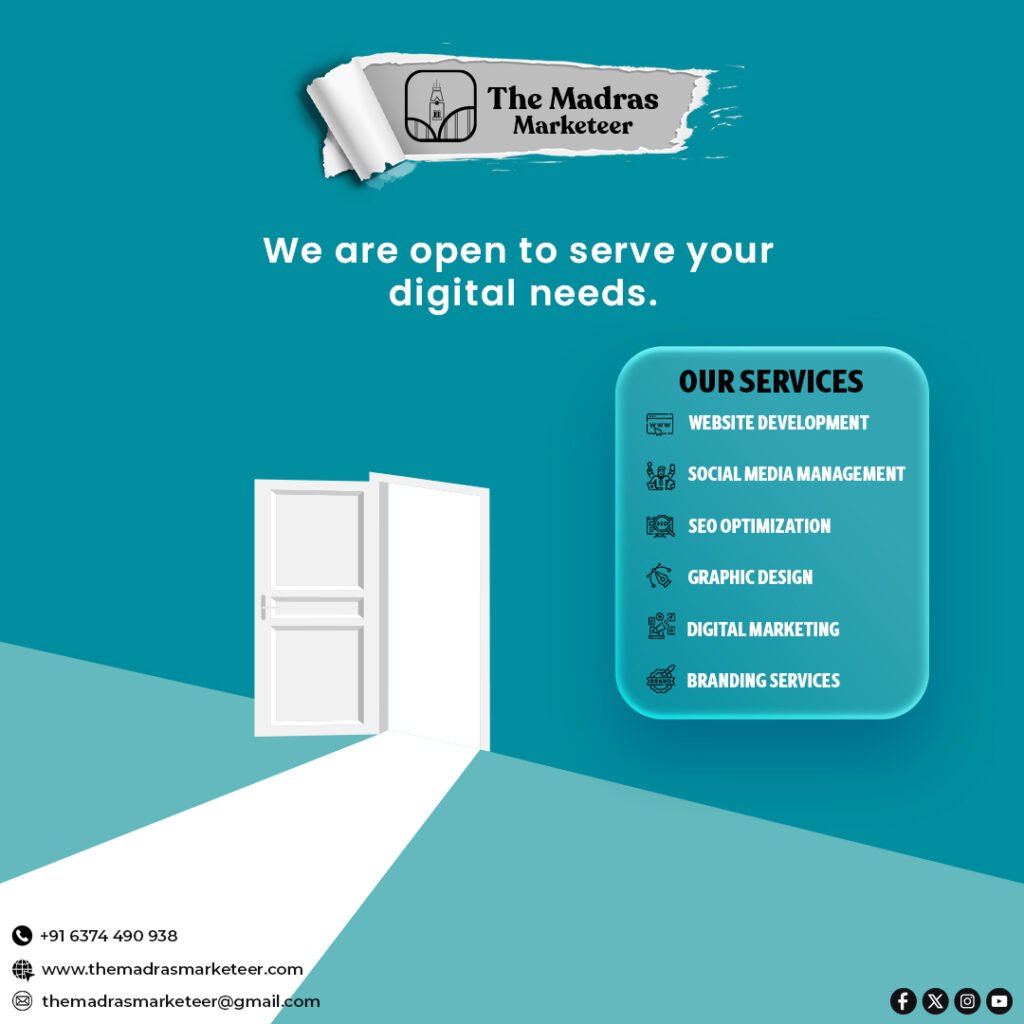Introduction: As of today’s digital landscape, businesses and individual people rely strongly on web applications to enhance efficiencies, accessibility, and user experiences. Web development has become essential in the present internet, supplying interactive and dynamic solutions for just about any purposes, from web-based e-commerce platforms to various online collaboration tools. As long as technology becomes more advanced in time, grasping the web application development landscape with the present trends and recommended best practices help businesses stay out in front.
Understanding Web Application Development
Web application development is the process of designing, building, and maintaining applications that run on web browsers. Unlike traditional software that requires installation, web applications operate entirely on the cloud, making them accessible from any device with an internet connection. The development process typically involves front-end and back-end programming, database management, and user interface (UI) design.
Front-end Development – It focuses on the user interface, making use of technologies like HTML, CSS, and JavaScript.
Back-end Development – Manages server-side logic, databases, and APIs.
Database Management – It ensures efficient data storage and retrieval.
Security Measures – Protects applications from cyber threats.
The Evolution of Web Application Development
Over the years, web application development has seen many transformations. From static web pages to dynamic and interactive applications, technological advancements have opened up more complex solutions. Web applications today are based on artificial intelligence, machine learning, and cloud computing for seamless user experience.
Some of the major developments in web application development include the following:
Early 2000s: Dynamic web applications using AJAX.
2010s: SPA with React and Angular
2020s: PWAs and serverless architecture
Latest Trends in Web Application Development
1. Progressive Web Applications (PWAs)
PWAs are applications that combine the best features of web and mobile apps, which will provide fast, reliable, and engaging user experience. The application works offline and loads in no time. Hence, this application is best for businesses who wish to interact more with customers.
2. AI and Chatbot Integration
The integration of artificial intelligence is revolutionizing web application development through automation, personalized experiences, and real-time assistance through chatbots. A large number of businesses are introducing AI-driven solutions to improve customer support and the decision-making process.
3. Serverless Architecture
Serverless computing eliminates traditional server management; hence, there is a reduced cost of operation and increased scalability. Platforms like AWS Lambda and Google Cloud Functions enable developers to focus on coding rather than managing infrastructure.
4. Motion UI for More Engaging Users
Web applications are integrating more motion UIs to engage more users. Animate transitions, interactive elements are some of the features that bring a very aesthetically appealing and intuitive user interface.
Good Practices for Building Web Applications
The successful implementation of a web application depends upon the adherence of the developer towards the industry good practices such as:
User Centered Design: This will provide the ease to navigate the applications and the visuals are so eye-catching.
Responsive Development – Optimizing web applications for various screen sizes enhances accessibility.
Security Implementation – Using SSL certificates, authentication mechanisms, and data encryption to protect user information.
Performance Optimization – Implementing caching strategies, reducing load times, and optimizing database queries.
Continuous Testing and Deployment – Ensuring applications are bug-free and regularly updated with new features.
The Future of Web Application Development
With technological advancements continuing, the future of web application development will continue to be based on artificial intelligence, blockchain, and edge computing. Businesses using these innovations will get ahead through the provision of faster, highly secure, and very interactive web applications.
Conclusion
In conclusion, web application development is a dynamic field that is very much involved in modern digital transformation. With knowledge of the latest trends and adherence to best practices, businesses and developers can develop powerful, scalable, and user-friendly web applications that meet the growing demands of today’s tech-savvy users. Going forward, being updated with emerging technologies will be the key to ensuring the success of web applications in the competitive digital space.








